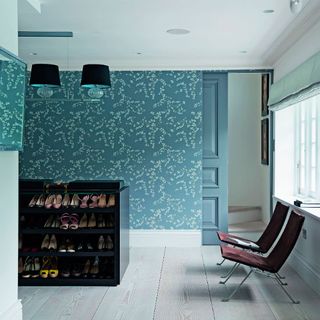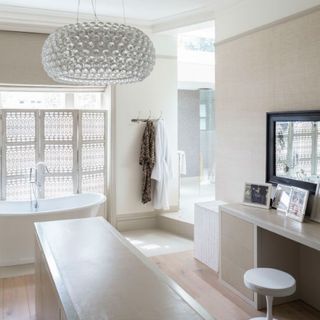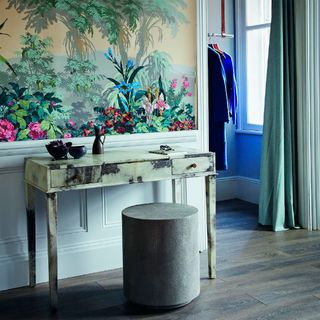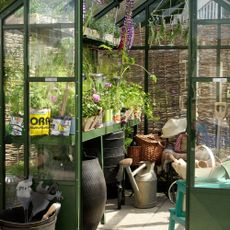9 things you need to know to create your dream dressing room
You can make a dedicated space for clothes, shoes and accessories a reality.
Before you do anything, you need to analyse your needs: do you need space for longer items such as dresses? Do you want a zone for your work clothes?
We caught up with Mark Goldstein, founder of Goldstein Ween Architects, to find out what you need to know before planning the dressing room of your dreams.
1. Location, location, location

"Dressing rooms work best when sited next to the bedroom or bathroom to form a suite. If you are starting from scratch and can choose the size of your dressing room, you will need to allow at least 2.4x1.6m."
2. Utilise your space
"If you have space, a walk-through dressing room, leading from the bedroom into the bathroom, will give you a generous volume of open hanging space."
3. Go low
"Giving the dressing room a lower ceiling will define it from the adjoining bedroom or bathroom enhancing the sense of space."
4. Light up

"Lighting is key. We work with designer Hugo Fleming to create flattering but practical schemes: it might involve adding lighting to the bases and top of the wardrobes or installing vertical strips inside to illuminate the contents."
5. See your true colours
"Framing mirrors with LED strips creates a flattering halo effect for applying make-up or dressing. Invest in good-quality bulbs with the correct colour rendering index (CR) to ensure colours look true."
Get the Ideal Home Newsletter
Sign up to our newsletter for style and decor inspiration, house makeovers, project advice and more.
6. Mirror, mirror
"Use mirrors architecturally. Installing one at the end of a narrow room helps to amplify its volume. Conversely, too many mirrored doors can have a distorting effect."
7. You don't have to blow the budget

"For those on a budget, Ikea wardrobes are very efficient: build them into the room to achieve a more polished effect.
8. A place for everything ....
"A central island is efficient for storing smaller items and also for keeping essentials, such as laundry baskets, hidden from view."
9. Surface space
"Consider your surfaces. If you are opting for a high-gloss finish, for instance, you'll need handles to prevent finger marks."
-
 Worried about protecting your garden this summer? Here’s how a bespoke security kit can help
Worried about protecting your garden this summer? Here’s how a bespoke security kit can helpKeep your garden safe with the help of BURG-WÄCHTER.
By Sponsored
-
 How to clean garden tools - Top tips to keep your hand tools and trusty lawn mower in check
How to clean garden tools - Top tips to keep your hand tools and trusty lawn mower in checkYes, you really do need to clean your watering can
By Lauren Bradbury
-
 We try De'Longhi's latest superstar bean-to-cup coffee machine
We try De'Longhi's latest superstar bean-to-cup coffee machineThis bean-to-cup coffee machine could curb your habit of buying iced lattes forever.
By Helen McCue